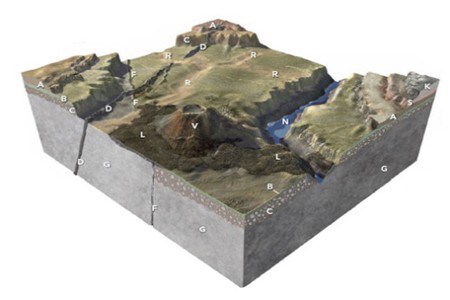During the 1960s Sudbury, Ontario's prosperity was tempered by environmental problems. What was the problem?
A) Methyl isocynate released as a byproduct resulted in a massive fish and animal kills, and endangered human health.
B) Cyanide and heavy metals entering the biosphere made local crops toxic to humans.
C) Sulfur dioxide emissions killed much of the local vegetation creating a huge barren area.
D) Petroleum waste, and floating trash caused portions of Nephawin Lake to catch fire.
C
You might also like to view...
Mariculture is the farming of fish species.
Answer the following statement true (T) or false (F)
An isolated village of about 1,000 people in a developing nation may be hunting and raising only enough crops to feed themselves. Such a village may have fewer than half their children surviving to adulthood
This struggling village primarily reflects the result of which revolution? A) The Industrial Revolution B) The Medical Revolution C) The Green Revolution D) The Neolithic Revolution
This figure has rock units and geologic features that are assigned letters that are not in any particular order. From the geologic relations, what is the oldest unit or feature of those listed below?
A. dike (unit D) B. old river channels (feature R) C. fault (feature F) D. lava flow (unit L) E. the canyon (feature N)
________ are wave-cut platforms formed by erosion of rock associated with cliff retreat.
A. Arches B. Uplifted marine terraces C. Barrier islands D. Spits E. Stacks